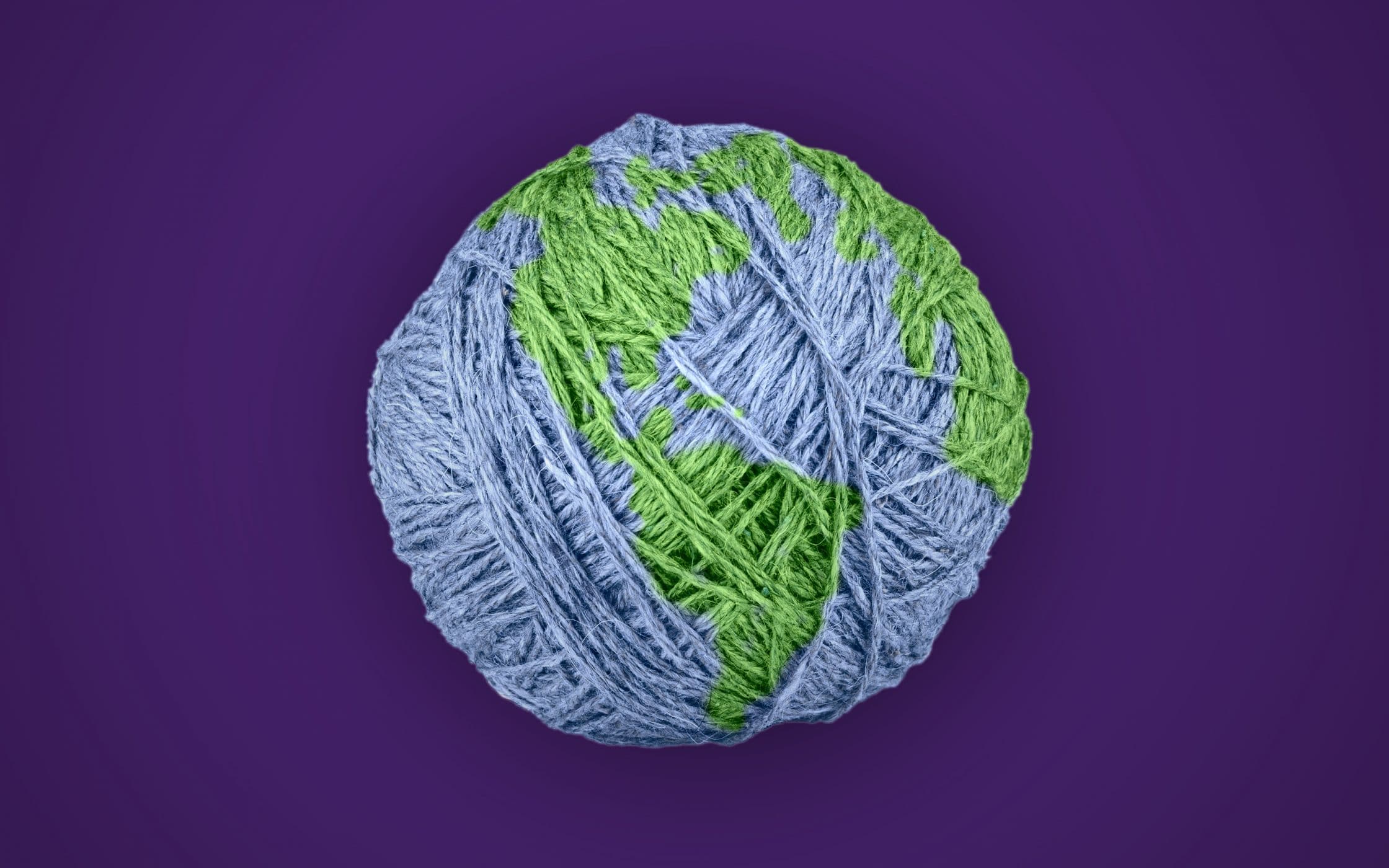Cape Town Sustainable Fashion: Redefining Design with Moral Selections
Cape Town Sustainable Fashion: Redefining Design with Moral Selections
Blog Article
Remain Ahead of the Contour by Exploring Innovative Fashion Fads
In a market as dynamic as fashion, staying ahead entails even more than simply following present patterns-- it demands an exploration of development. The convergence of technology and fashion declares a new age of customer involvement.

Embracing Smart Textiles
In current years, the garment industry has observed a transformative change with the assimilation of smart textiles, an advanced technology that blends innovation with material. This development stands for not just a blend of aesthetics and performance however additionally a substantial jump in the direction of sustainability and personalization in vogue. Smart textiles, likewise called e-textiles, embed advanced electronic devices such as sensors and conductive strings within the material, enabling garments to interact with the wearer or the environment.
These textiles are created to monitor physical criteria, such as heart price or body temperature level, providing real-time health analytics. Past health applications, clever fabrics are likewise being used for adaptive clothes, which can alter color or pattern in feedback to ecological stimuli, thus using a vibrant fashion experience.
Additionally, the development of energy-harvesting fabrics that create power from activity or sunlight is leading the way for self-dependent wearable technology. This innovation is interesting environmentally mindful customers and designers intending to minimize the environmental footprint of fashion. As research study and advancement in this field advancement, smart fabrics are expected to come to be increasingly widespread, improving the landscape of modern-day style with their multifunctional capabilities.
The Rise of 3D Printing
Revolutionizing the production landscape, 3D printing has become a game-changer in the garment industry. This advanced innovation has actually enabled developers to push the limits of creativity, creating complex and customized garments that were formerly unimaginable. By leveraging digital style and additive production, 3D printing helps with the creation of intricate geometries and patterns, allowing designers to explore new structures and frameworks.
A notable benefit of 3D printing in fashion is its capacity to generate on-demand, lessening waste and reducing inventory demands. This efficiency not only maximizes manufacturing procedures yet also permits quick prototyping, enabling developers to bring their visions to life in a much shorter duration. In addition, 3D printing sustains personalization somewhat unmatched by standard approaches, supplying special layouts and individualized fits tailored to individual consumer preferences.
The increase of 3D printing has actually additionally democratized style, making it accessible to emerging designers that can now fabricate premium pieces without significant financial investment in conventional manufacturing infrastructure. As modern technology proceeds to breakthrough, the apparel industry is positioned to harness the complete possibility of 3D printing, discovering brand-new products and methods that will definitely redefine exactly how fashion is conceived and produced.
Sustainable Style Advancements
As the garment industry grapples with journalism need for ecological duty, sustainable fashion innovations have actually arised at the leading edge of transformative modification. The growing awareness of eco-friendly impact has actually sustained a shift towards more eco-conscious methods and materials. Brand names and designers are currently focusing on sustainability, incorporating techniques that reduce waste and decrease carbon impacts.
One substantial growth is the increase of circular fashion, which highlights recycling and upcycling to extend the lifecycle of garments. This strategy not just decreases waste however additionally urges customers to embrace an extra mindful approach to garments intake. Additionally, using sustainable materials, such as natural cotton, hemp, and recycled polyester, has actually gotten traction. These products require much less water and energy during production, dramatically minimizing environmental effect.
An additional breakthrough depends on the fostering of innovative dyeing techniques that use all-natural dyes or waterless procedures, thus decreasing the substantial quantities of water and chemicals typically utilized in fabric dyeing. Moreover, improvements in biotechnology have actually led to the development of lab-grown leather and materials, supplying cruelty-free and environmentally friendly options to traditional materials. With these introducing initiatives, the garment industry is making purposeful strides towards a much more lasting future.

Tech-Integrated Garments
Tech-integrated garments represents an innovative fusion of style and innovation, improving exactly how individuals connect with their garments. This cutting-edge domain is marked by the incorporation of clever fabrics and embedded electronic elements, enhancing both functionality his comment is here and visual charm. From health and fitness trackers embedded in sportswear to warmed coats regulated via smart device apps, tech-integrated apparel provides customers extraordinary convenience and versatility.
Pioneering brand names are driving this pattern, concentrating on producing garments that react to environmental stimulations or individual commands. As an example, some garments can alter color or pattern in reaction to temperature level changes, while others integrate biometric sensing units to keep track of wellness metrics like heart price or stress and anxiety levels. The seamless assimilation of modern technology right into textiles additionally encompasses environmental sustainability, with initiatives to establish self-cleaning textiles or garments that get used to climate condition, hence decreasing the demand for several layers.
In addition, the development of wearable innovation is not just restricted to clothes yet encompasses accessories like watches and eyeglasses, further widening the range of tech-integrated fashion. As the market continues to innovate, the possibility for personalization and customization in garments grows, offering consumers special, tech-enhanced fashion experiences that deal with their individual demands and preferences.
Future of Virtual Fashion
Recently, the future of online style check this has actually arised as a transformative force within the sector, leveraging developments in electronic modern technology to redefine exactly how fashion is developed, experienced, and consumed. By incorporating increased truth (AR), digital reality (VR), and 3D design devices, designers can now craft interactive and immersive experiences that go beyond traditional style boundaries. Digital style enables for the production of garments that exist only in electronic atmospheres, offering limitless opportunities for development without the restrictions of physical manufacturing.
This digital change not only presents chances for imaginative expression but also addresses sustainability problems intrinsic in typical fashion methods. Cape Town Sustainable Fashion. By eliminating the need for physical resources, online style lowers waste and decreases carbon footprints. Furthermore, the increase of digital style aligns with the increasing consumer need for unique and individualized experiences, as digital garments can be customized and tailored to specific preferences with convenience

Final Thought
The style industry's future lies in the combination of cutting-edge technologies and lasting methods. Virtual fashion is poised to redefine consumer communications.
In current years, the fashion industry has witnessed a transformative change with the integration of wise fabrics, an innovative advancement that mixes modern technology with fabric.As the fashion industry grapples with the pushing demand for ecological responsibility, lasting fashion developments have emerged at the leading edge of transformative change.In current years, the future of digital style has actually arised as a transformative force within the sector, leveraging innovations in electronic technology to redefine how style is created, experienced, and consumed. The surge of digital fashion straightens with the raising customer need for individualized and special experiences, as online garments can be personalized and customized to specific preferences with ease.
The style market's future lies in the combination of cutting-edge modern technologies and lasting methods.
Report this page